Dakar at last! So how does it feel?
January 15, 2014
I have wanted to visit Dakar for many years. My mom for one, who did her undergraduate studies here in the 1970s, absolutely loved it and I grew up eating Tchiep (fish and rice dish) at my birthdays. And similar to Kenya in East Africa or South Africa in the South, Senegal is well known and probably the most visited country in West Africa due to its reasonably stability, beaches and several points of interest including some UNESCO World heritage sites (Gorée island, St-Louis, etc.). Many times I’ve looked at flights that would include Dakar in the itinerary (from Montreal) for the frequent visits of my family in Lomé, Togo, but somehow I was always short of time. I was excited when I learned that my placement for the Kiva fellowship will be in Dakar, so here I am! (Actually, I’ve started this post 2 months ago but never had a chance to complete it between work, the many distractions in Dakar, the 3 week stay in Monrovia, Liberia to work with BRAC Liberia (this trip deserves its own post(s), stay tuned!) and the holiday season).
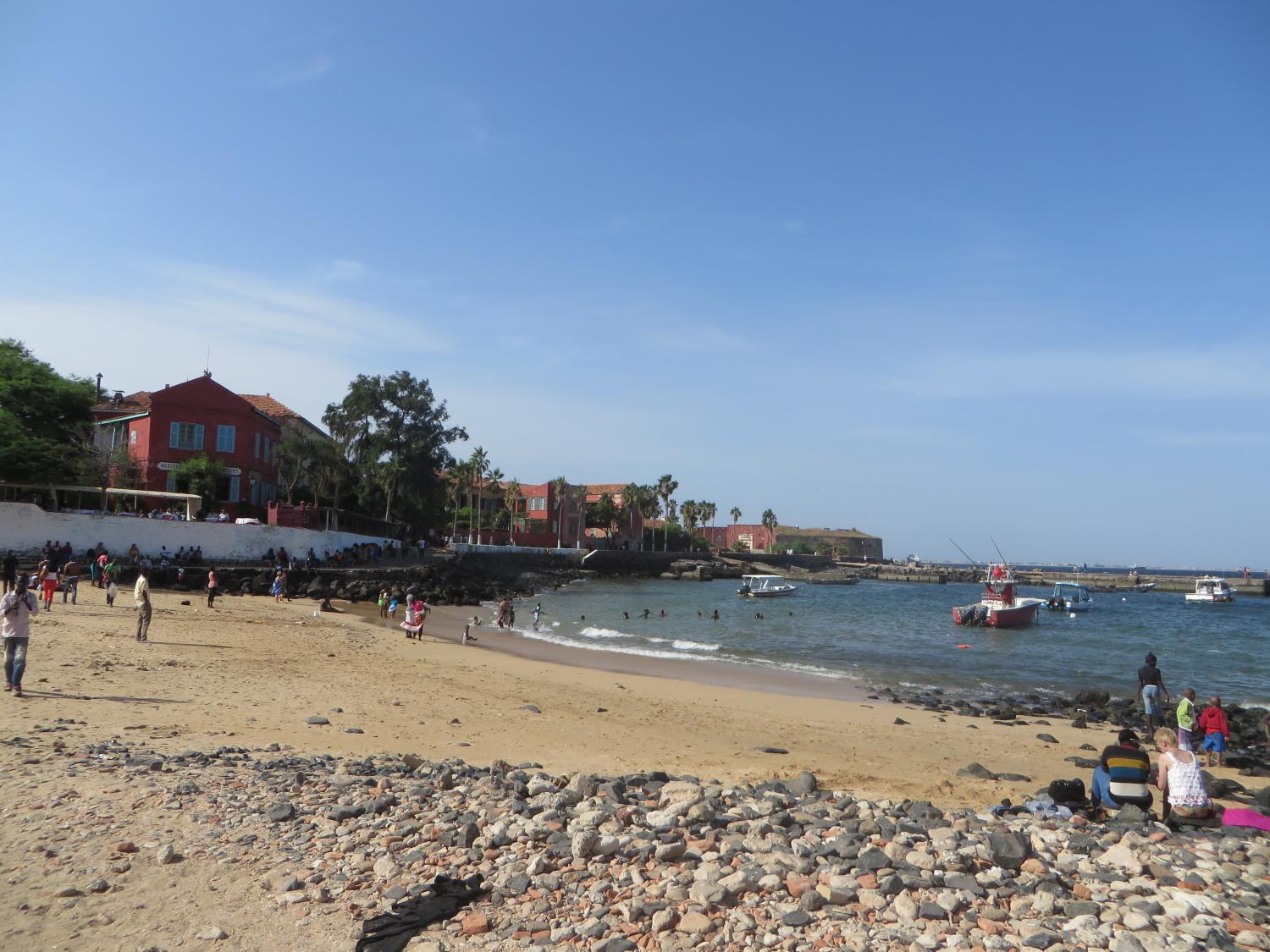 Gorée Island
Gorée IslandI get this question a lot: what is it you really do? Some of my fellow fellows have done a great job at describing their daily life as a Kiva fellow – I will encourage you to read more stories from the field on the Fellows Blog. As for me, my main objectives at UIMCEC – local microfinance institution – for the 3 months I will be in Senegal are: gain a better insight into how kiva loans change people’s lives, promote innovation and loan portfolio diversification (social, agriculture, fisheries, etc.), improve quality of borrowers’ online profiles and streamline the reporting process for the Kiva portfolio.
I’ve been in Dakar since end of October 2013, the time has gone by so fast! I’ve been enjoying this fellowship and work is challenging in so many ways, that’s exactly what I’ve signed up for! I’m not quite sure where to start but here are some titbits of my fellowship experience so far – these points are in no particular order:
- First borrower visit: unforgettable experience! I couldn’t help but being excited all morning before the visit. I’ve been a lender for a year now… it’s great to finally meet a borrower in person! I don’t speak wolof (well other than the basic salutation and thank you) but I managed to have a good conversation with the help of the loan officer. Meet Aminata, a 69-year-old widow. She took a loan on Kiva to renovate the roof of her house and she's renting out part of it. She is grateful to all her lenders for allowing her to have a steady source of income now that health issues have forced her out of her main activity (fabric resale). She is a funny and strong-willed lady!
 Aminata, the 1st borrower I met during field visits
Aminata, the 1st borrower I met during field visits - After couple weeks in the field, I’ve realized that serving poor and disadvantageous communities is not an easy task. Microfinance work is a tedious, tireless and tough job – from finding sustainable funding and right partnerships (this makes me proud to represent Kiva here!), reaching out to very poor households far from basic social services and facilities (e.g. not accessible by vehicles, no power, no clean water, etc.), training employees to treat their clients with dignity regardless of their status, developing products tailored to meet clients’ needs (e.g. agricultural loans with flexible terms, financial literacy education, in-kind loans, etc.) to basic operational needs – computers, basic integrated operating systems, high speed and reliable internet access, means of transportation to visit borrowers, cell phones, batteries to deal with the numerous and inevitable power outages, etc. Hats off to all the field partners that work passionately and relentlessly, in spite of their limited resources, to empower borrowers!!!
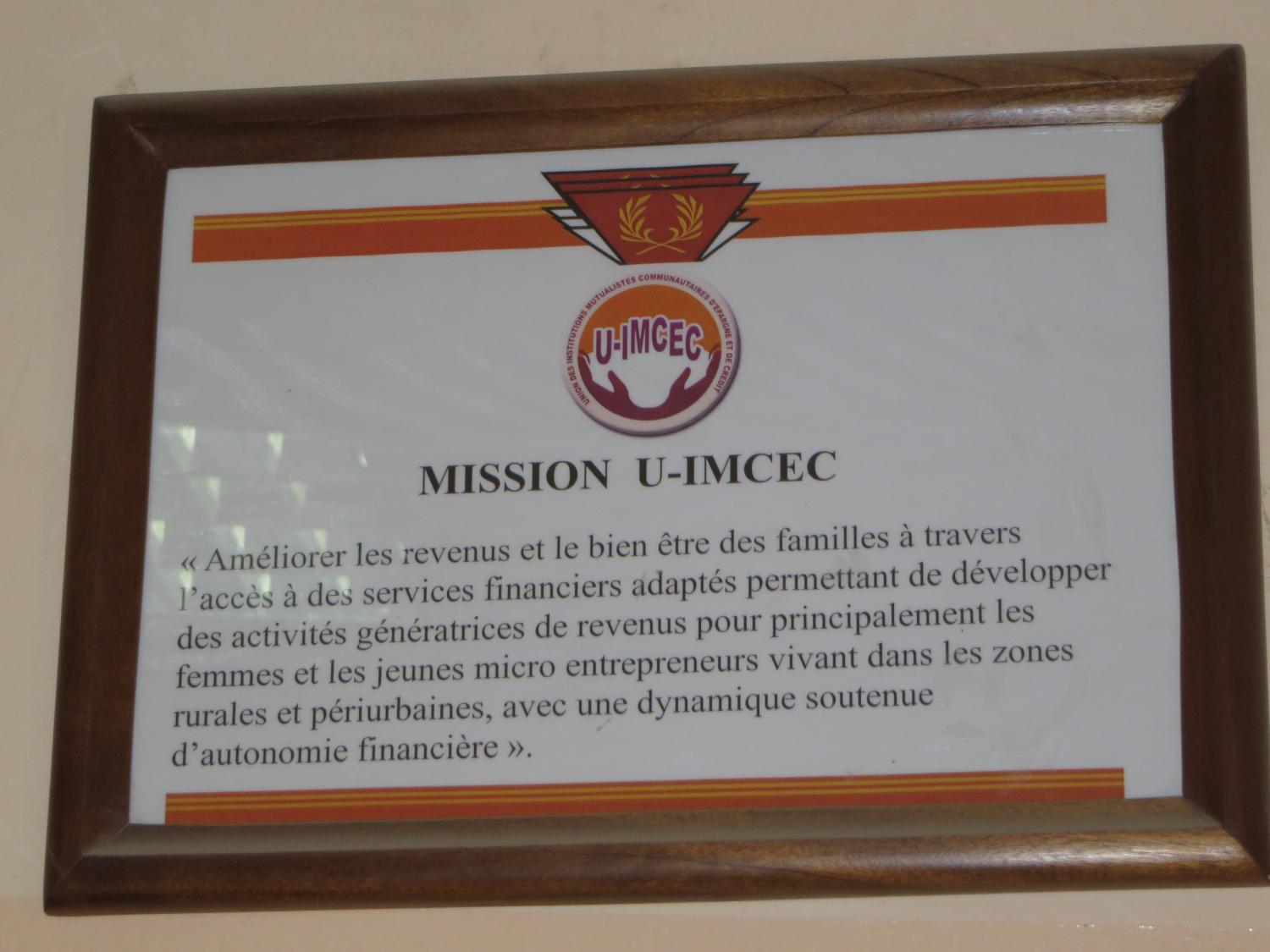 UIMCEC's mission statement: improve the income and well-being of families (focus on youth & women)
UIMCEC's mission statement: improve the income and well-being of families (focus on youth & women)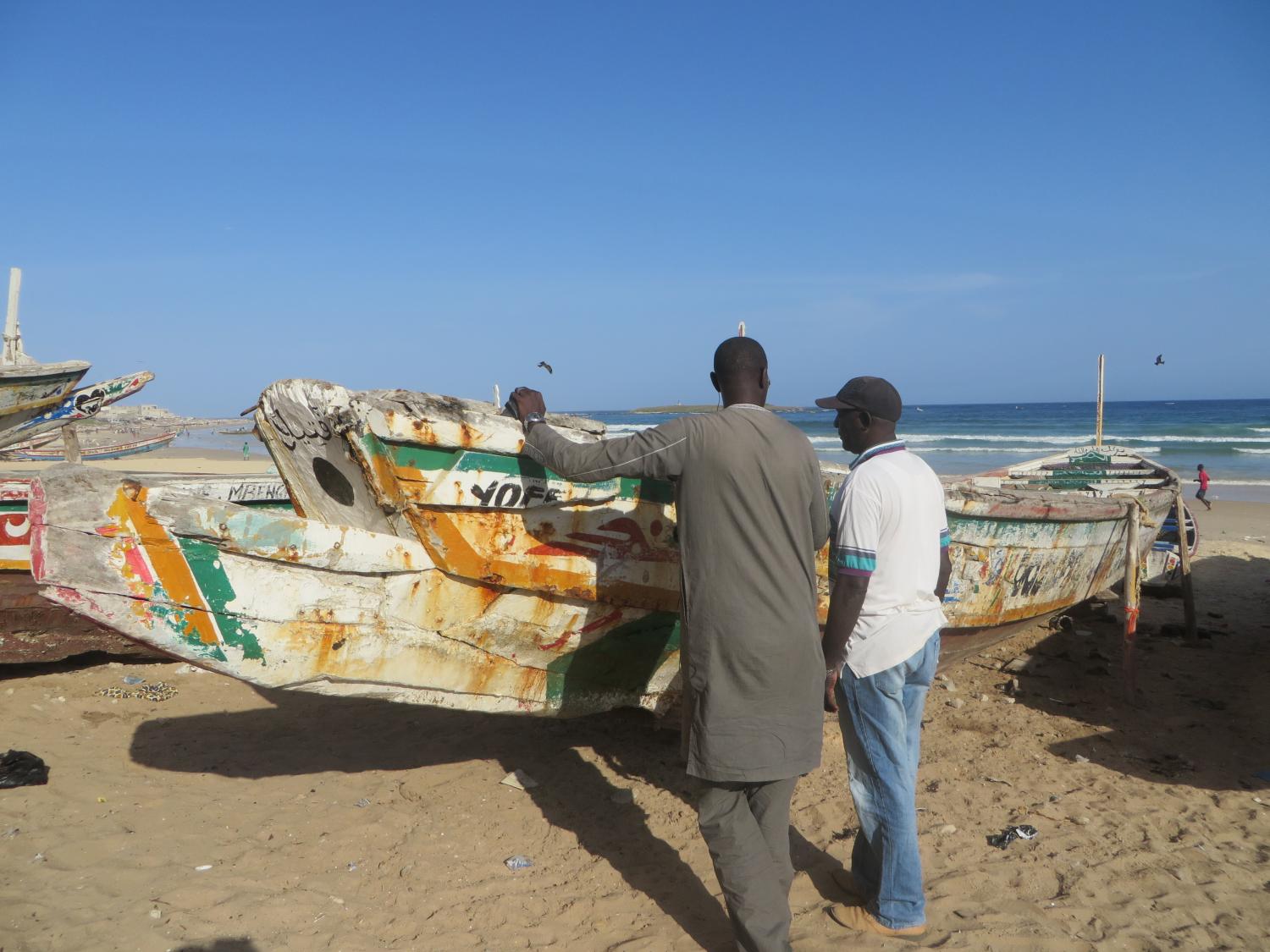 Field visit in Dakar - loan officer & fisherman
Field visit in Dakar - loan officer & fisherman
- As much as I love meeting with borrowers, getting to them – especially in public transportation – is anything but a pleasant experience, it’s downright bad: super old and uncomfortable vehicles – you wonder how on earth they are still in service, interminable wait until the car/bus is full, loud and unpleasant passengers (there’s always some), dust, traffic and shall I add the road conditions? Most times, I have to actively remind myself the purpose of the trip to breathe a little easier. Forget about the rule of thumb that says it would take a mile a minute at 60 mph. The fact is it would take 2 to 6 times longer here, no kidding! [caption]
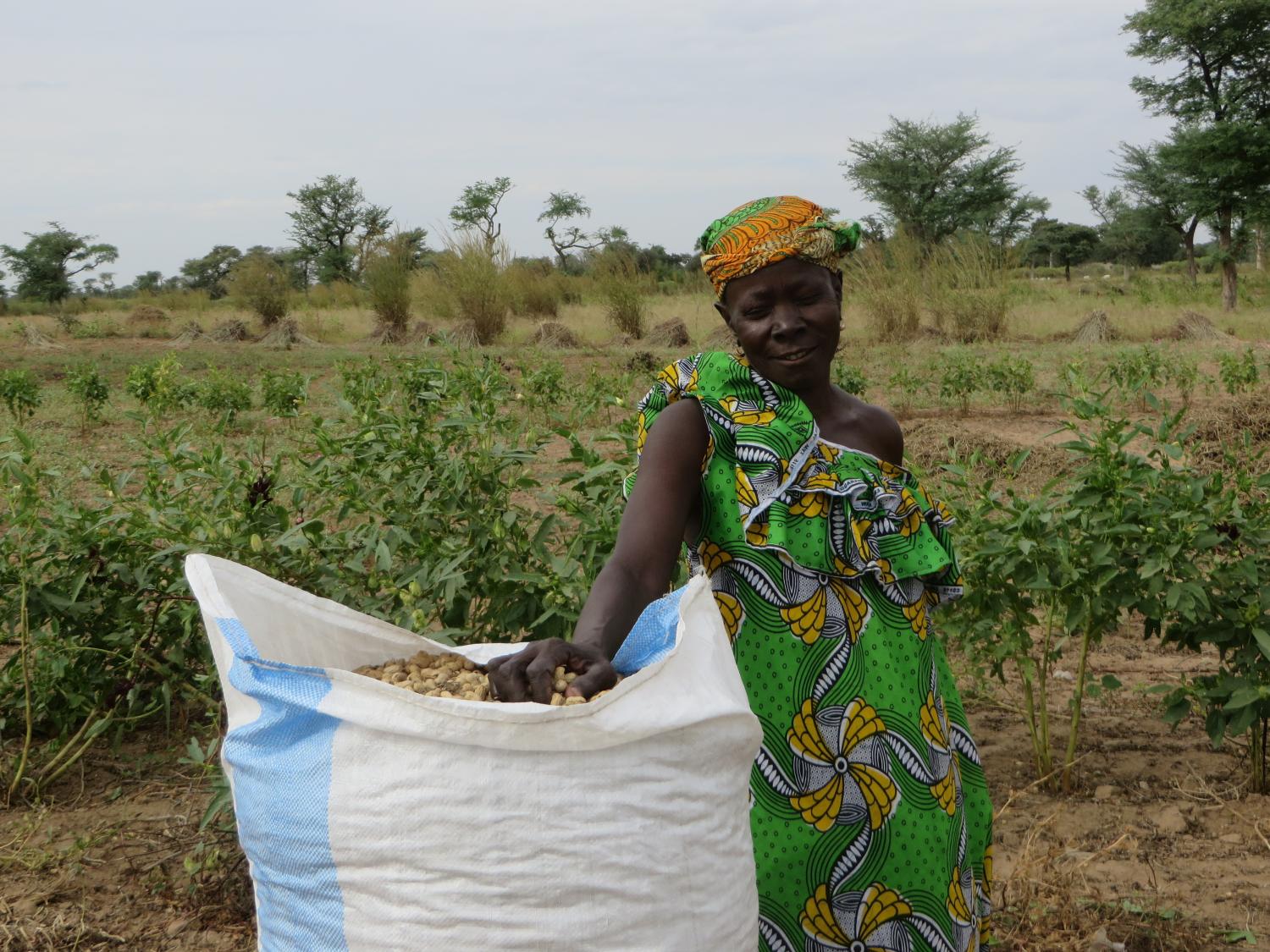 Fatou, 56, proud of her peanut harvest - Diourbel (93 miles of Dakar)[/caption]
Fatou, 56, proud of her peanut harvest - Diourbel (93 miles of Dakar)[/caption]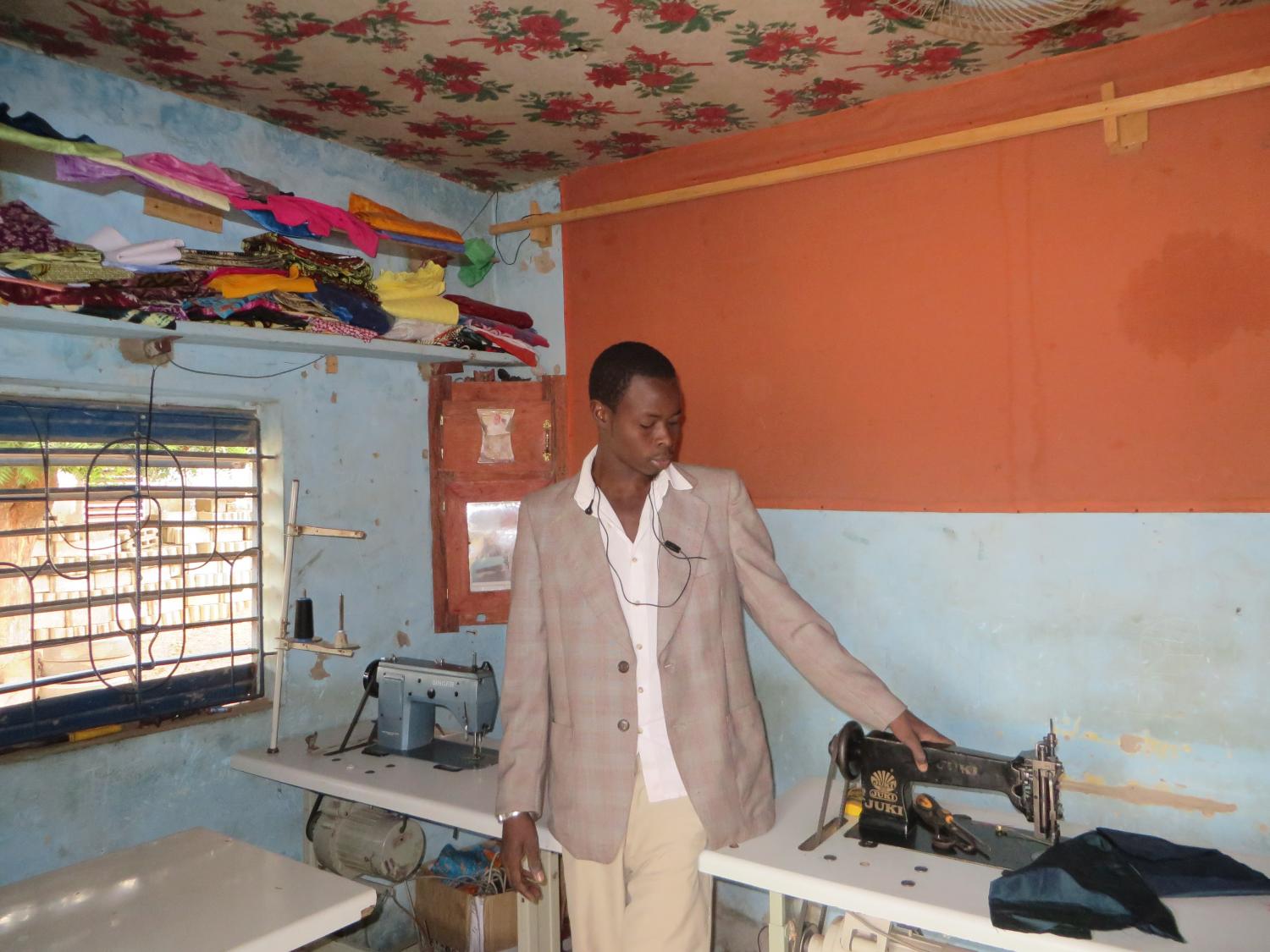 Birane, 25, showing us his recent purchases - Mbour (80 miles of Dakar)
Birane, 25, showing us his recent purchases - Mbour (80 miles of Dakar)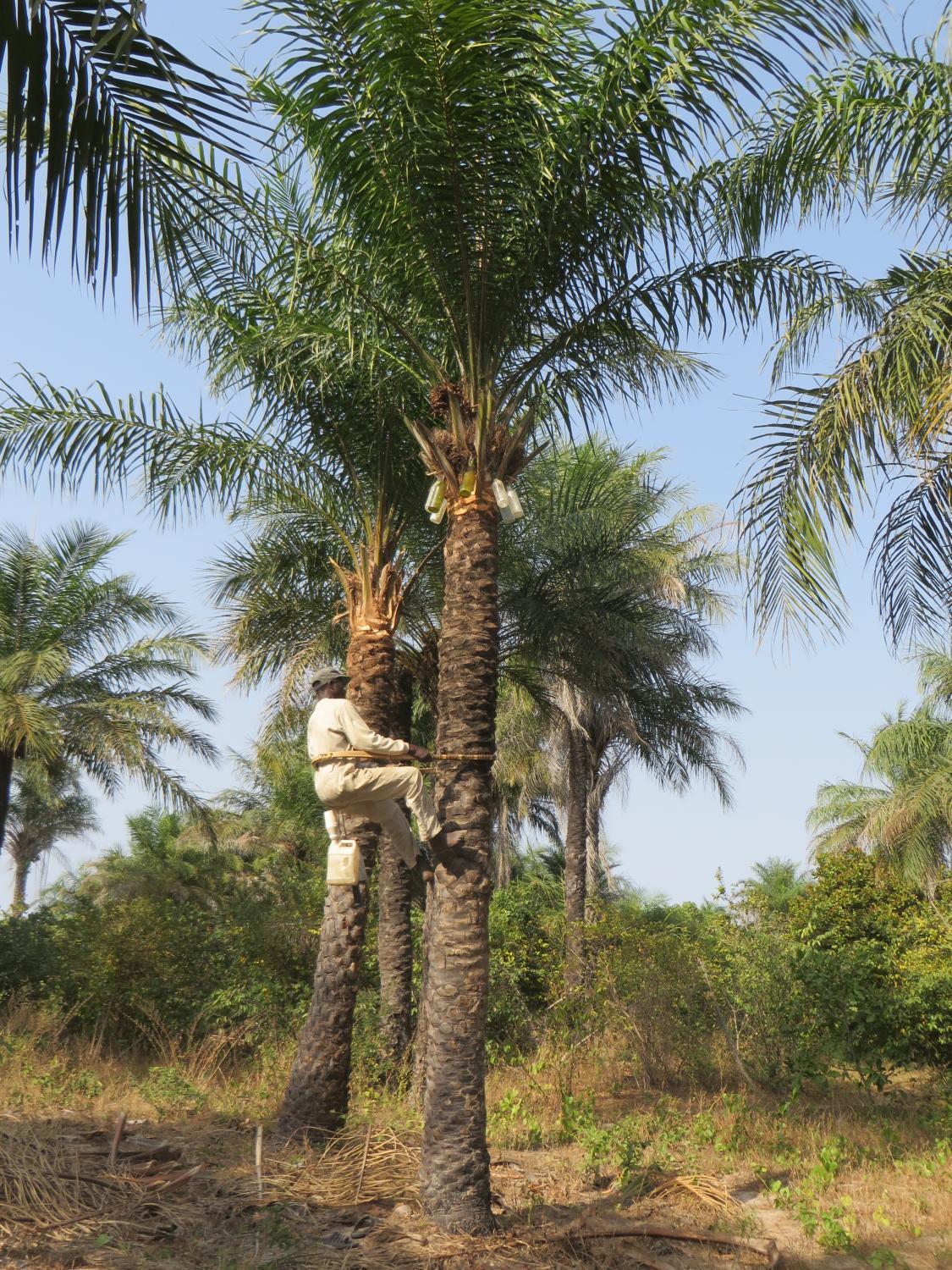 A farmer collecting palm wine in Casamance (450 miles from Dakar)
A farmer collecting palm wine in Casamance (450 miles from Dakar)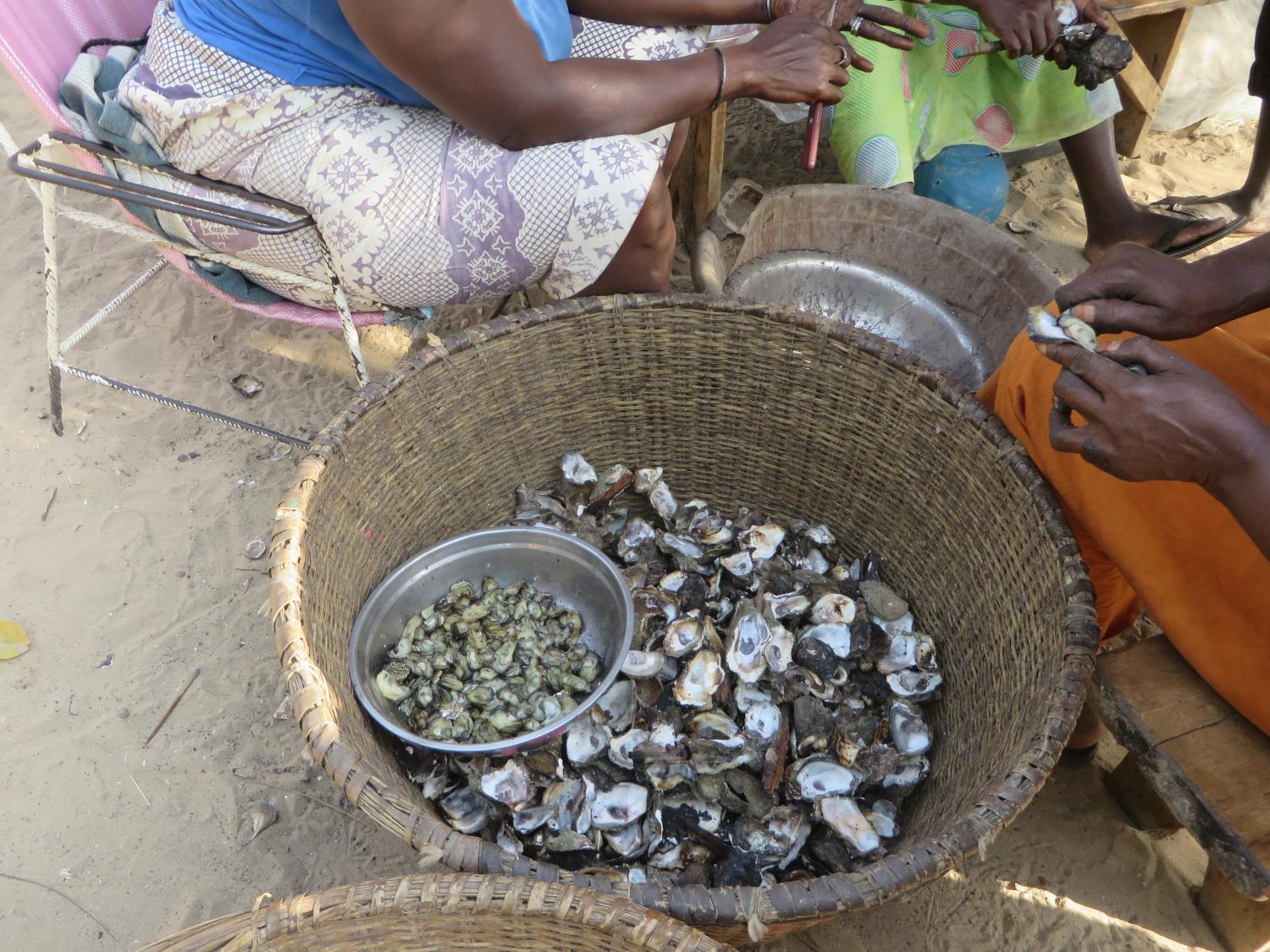 Women preparing wild oysters collected from mangroves roots in Casamance
Women preparing wild oysters collected from mangroves roots in Casamance- For anyone like me who loves to try new restaurants, you will not be disappointed in Dakar! There are many options and some great influences from Wolof, French, North African and Asian cuisines. Some of the spots I’ve tried recently – Food: La Parilla, Alkemia, Terrou-Bi; Drinks: Blue Lagoon, Charly bar and Radisson. I’m looking forward to the first edition of Dakar Restaurant Week in 2 weeks! [caption]
 Ditakh and watermelons... Loving the tropical fruits![/caption]
Ditakh and watermelons... Loving the tropical fruits![/caption]- Some of the new drinks I’ve discovered here: Café touba – it’s good, even more when it’s not sweetened per Senegalese standards (read LOT of sugar). Same for the ataya (sweetened tea served after meals in 3 separate stages). Again this tea is VERY sweet. You’ve been warned if you have diabetes!
 Ataya on the beach!
Ataya on the beach!
- And no, I am not too pleased at getting reacquainted with the like of cockroach, mice and co. Some of my friends have suggested I get a cat… I would have seriously considered it if I was staying longer!
- Last but not the least, did I mention the countless beaches around Dakar and the fishing villages along?!
 Dakar - BCEAO beach[caption]
Dakar - BCEAO beach[caption] Dakar - Yoff beach
Dakar - Yoff beach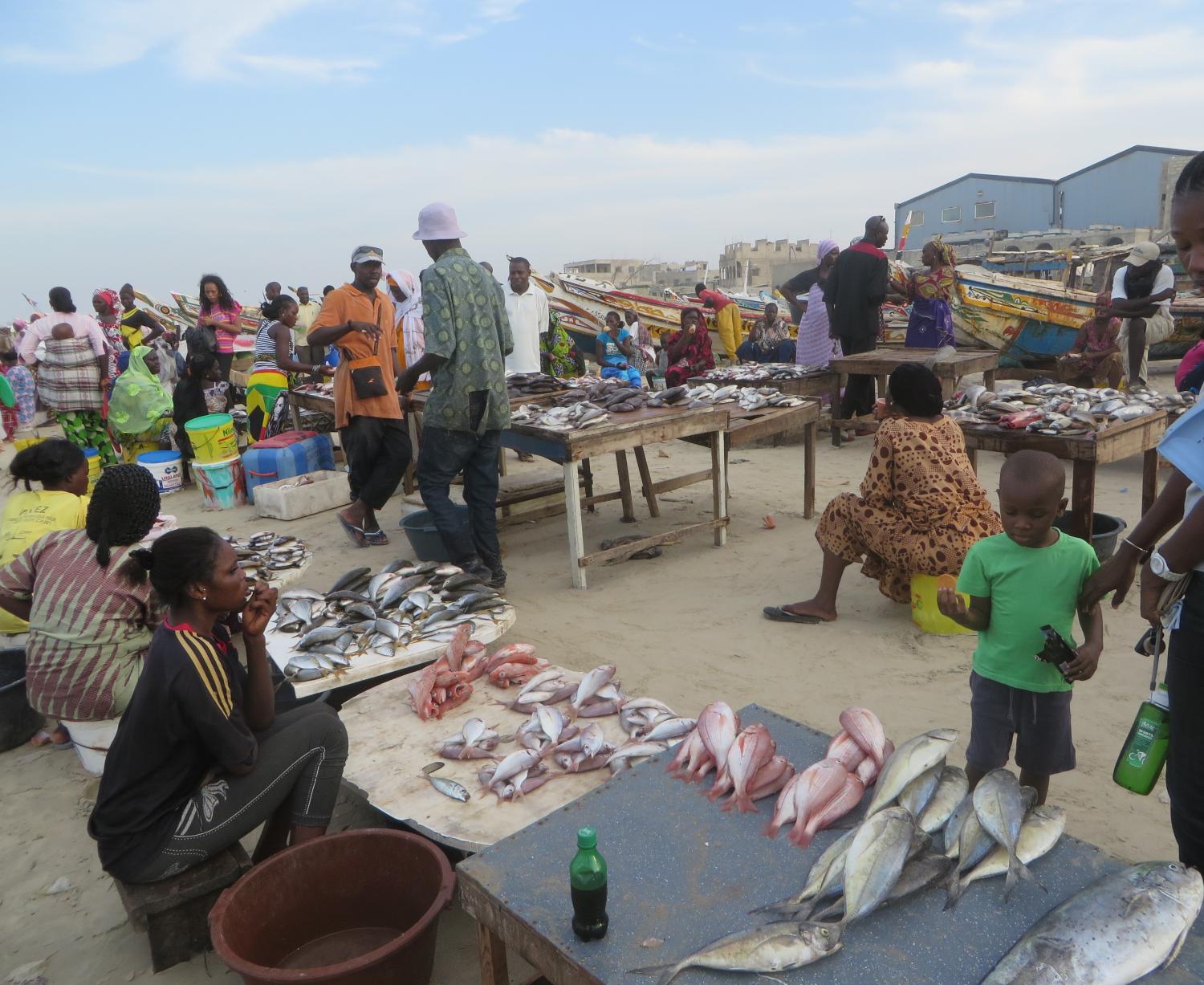 Dakar - Tonghor fish market [/caption]
Dakar - Tonghor fish market [/caption]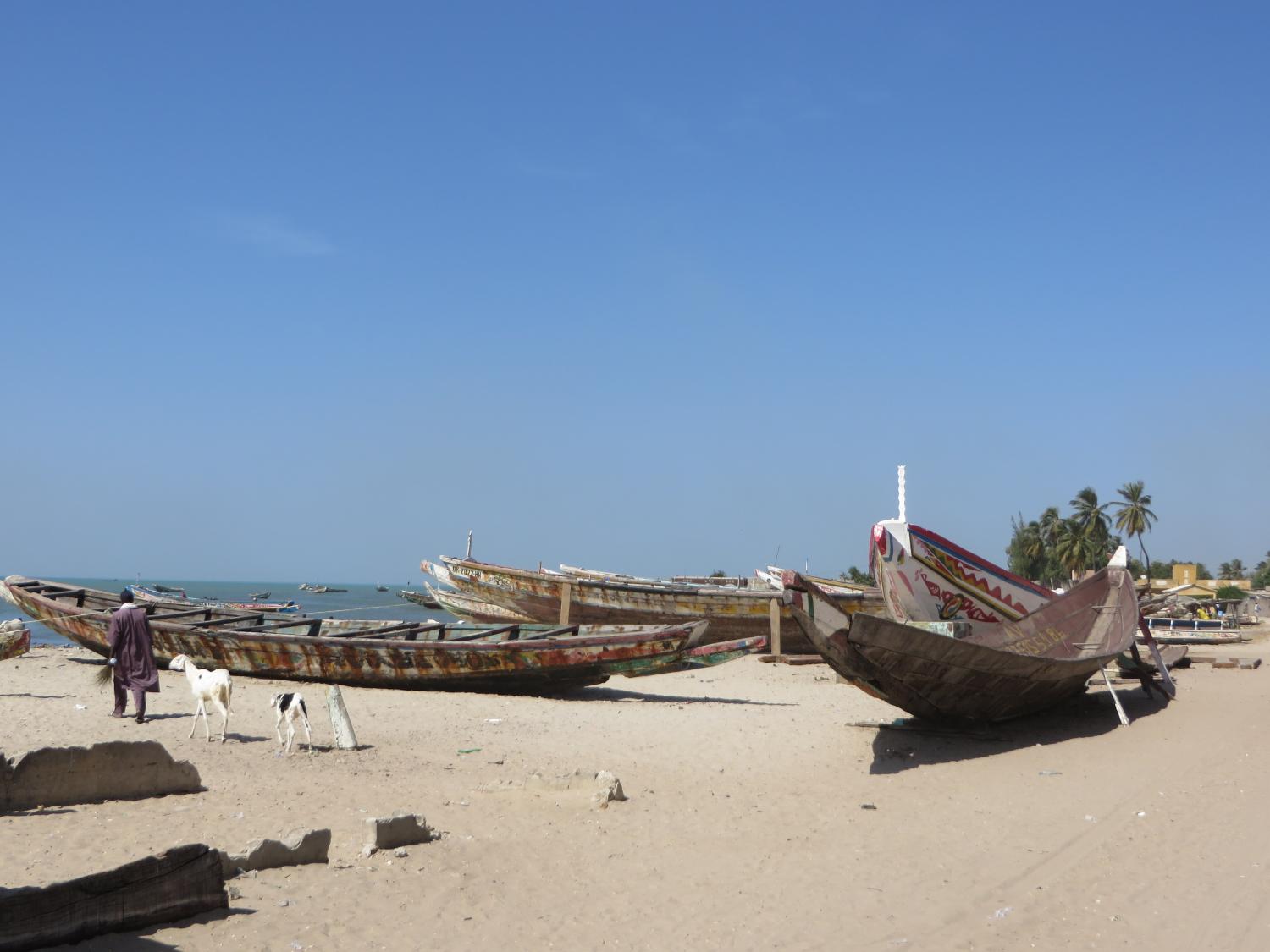 Joal Fadiouth (62 miles from Dakar)[caption]
Joal Fadiouth (62 miles from Dakar)[caption]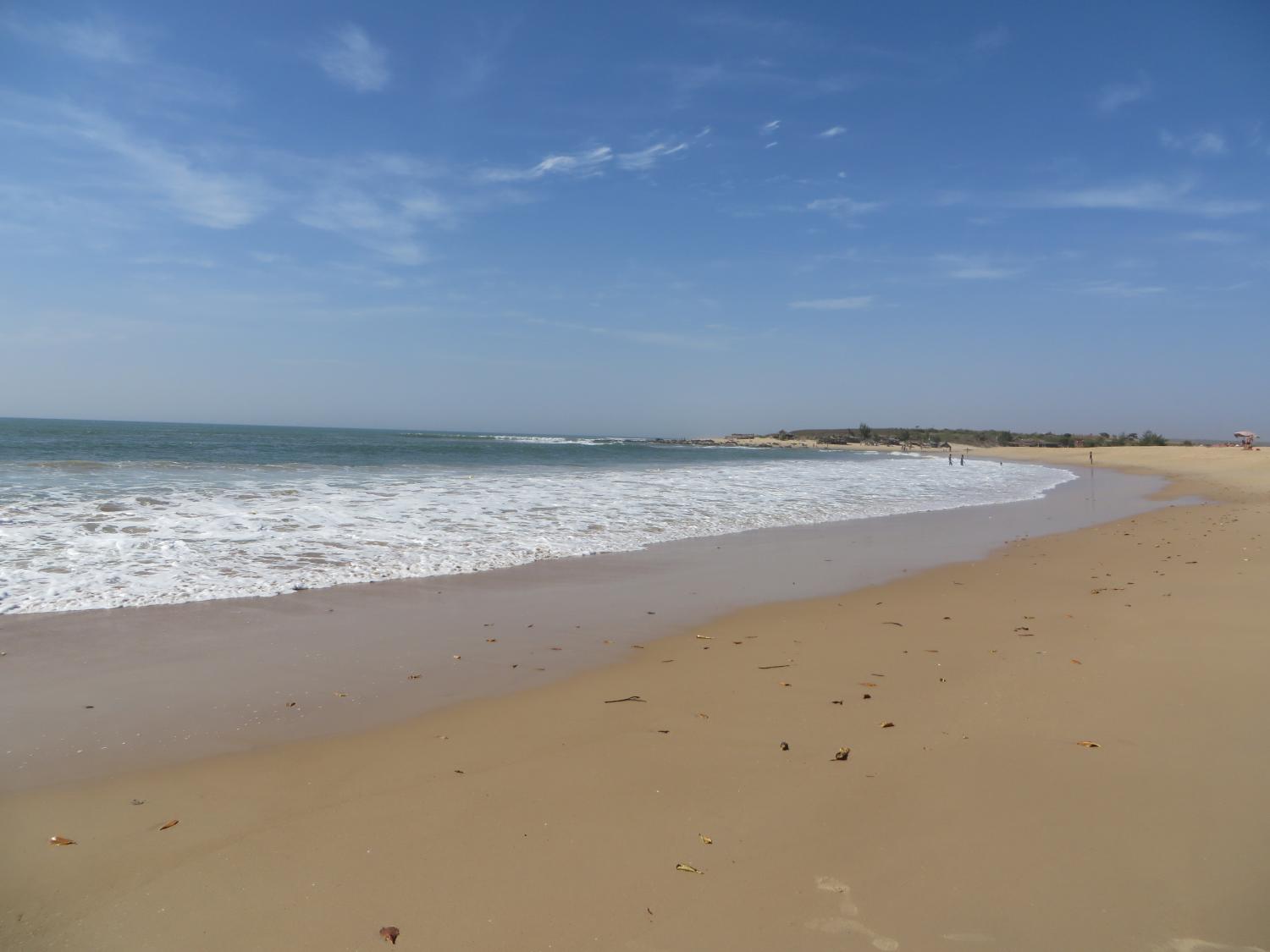 Saly (45 miles from Dakar)
Saly (45 miles from Dakar) Saly (45 miles from Dakar)[/caption]
Saly (45 miles from Dakar)[/caption]
PREVIOUS ARTICLE
San Francisco Mayor Drops By Kiva HQ →NEXT ARTICLE
Winter Cleaning: Making a leaner kiva.org to focus on the core lending experience →













